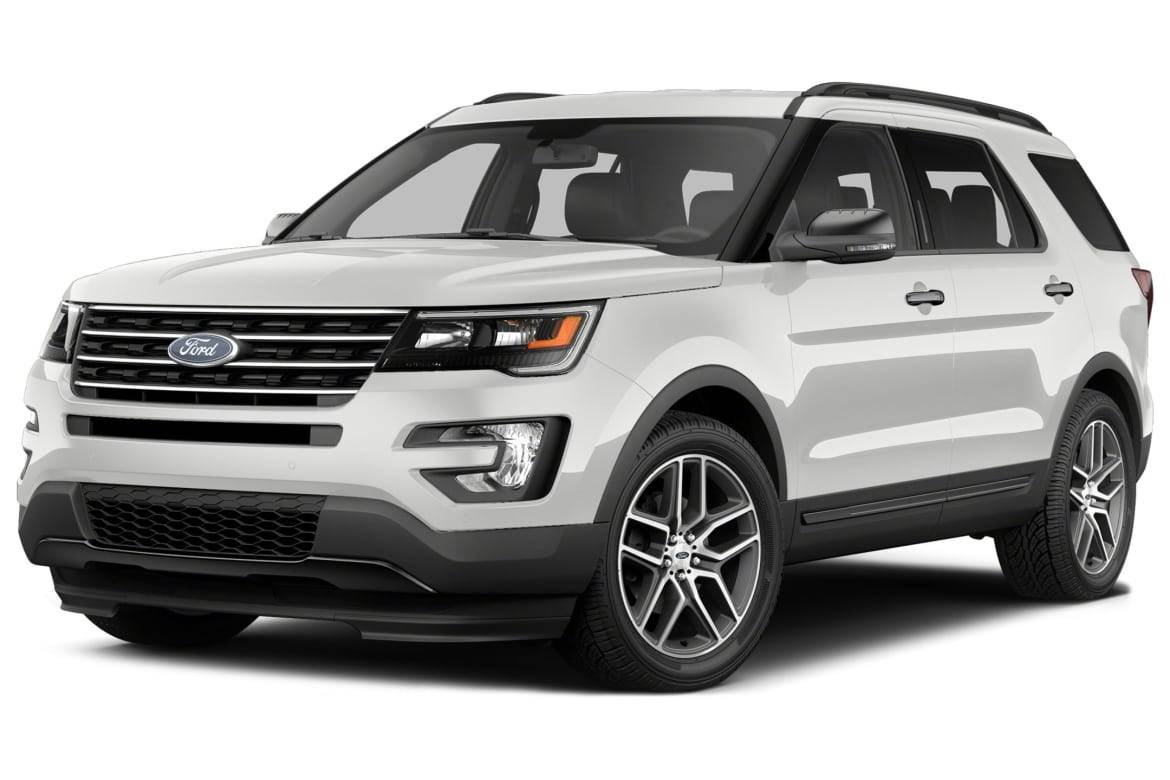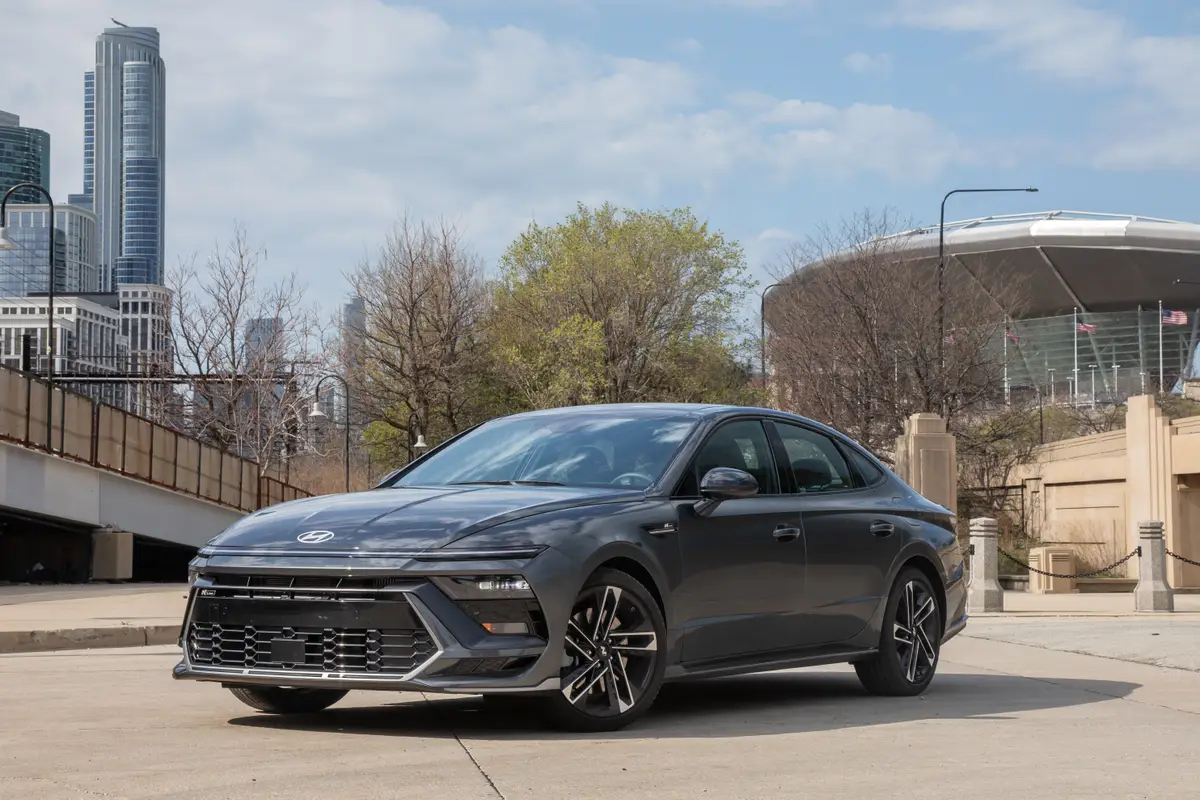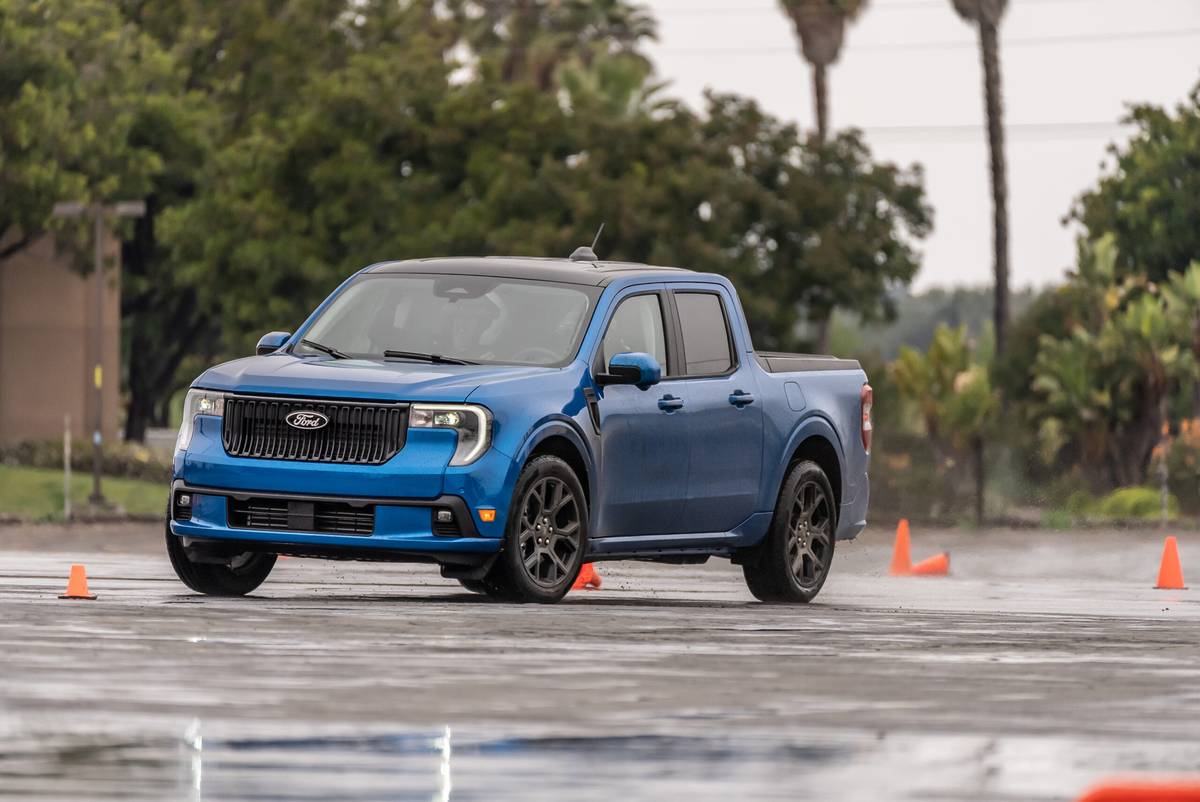Orlando Sentinel's view
Sports car sales are evaporating at a time when the Camaro has never been a better car, and that must be driving the folks at Chevrolet crazy.
This week’s shiny black RS convertible has everything you could want in a sports car – looks, performance, styling, equipment and quality.
All the Camaro (as well as a half-dozen other sports cars) is lacking is enough customers. Americans are buying more trucks and sport-utility vehicles these days. And that is hurting sales of all cars. In fact, General Motors recently closed the Camaro/Firebird factory in Canada for a week to allow swollen inventories to dwindle.
But none of that takes away from what the 1996 Chevrolet Camaro is, which is nothing less than the best version of the car that Chevy has ever built.
PERFORMANCE
For 1996, Chevrolet improved the base model Camaro by installing a better V-6 engine. It’s a 200-horsepower, 3.8-liter motor that provides excellent all-round performance. The old, coarse-running160-horsepower 3.4-liter has been retired.
The new V-6 Camaro is a very likable machine. Motor Trend magazine recently tested a 3.8-liter Camaro and clocked a very respectable 0-to-60 mph time of 7.4 seconds.
The RS package is another improvement for 1996. Available only on the V-6 Camaro, the RS option adds a ground-affects package that includes front and rear spoilers, better wheels and an upgraded suspension system. It gives the V-6 Camaro the macho looks of the Z28 model.
Our test car ran so well that it had me wondering if there really wasn’t a V-8 under the hood. Chevy engineers made the 3.8-liter V-6 very responsive – just touch the accelerator and the Camaro leaps into motion. Midrange power is excellent. You’ll have no problem meeting or beating the performance of such cars as the Nissan 240 SX, Ford Probe, Toyota Celica and other sporty machines.
You can knock $790 off the price by opting for the standard five-speed manual transmission. The optional four-speed automatic in our test car shifted very smoothly at precisely the right time all the time. It’s an excellent transmission that does not rob the car of performance.
Despite driving the car with a heavy foot (it’s hard not to), fuel mileage was terrific. Our test car averaged 22 mpg in the city and 30 mpg on the highway.
The V-6 Camaro is a perfect alternative to the loud, rumbling Z28. If you don’t need tire-smoking performance but want a quick and agile sports car, test the V-6 Camaro.
HANDLING
Chevy engineers did a masterful job fine-tuning the V-6 Camaro’s suspension system. Our RS proved to be a very comfortable and civilized sports car – a nicely balanced machine that rides smoothly and quietly over most roads.
But there is room for improvement. The turning radius, at 40.7 feet, is just too big. This makes it difficult to make a U-turn or, sometimes, to park the car.
All Camaros are fitted with an anti-lock brak e system. I was a bit disappointed to find drum brakes on the rear axle of our test car, especially since it boasted a sticker price of more than $26,000. Although the Camaro stops quickly – indeed, the brakes are strong and fade-free – I would feel better about the car’s price had it been equipped with the better-performing discs on the rear.
The RS model has a set of high-performance DeCarbon shocks and fat 16-inch tires and wheels.
FIT AND FINISH
Chevrolet did not skimp on the materials or the equipment with the RS Convertible. It has everything.
The first thing likely to grab your attention is the classy, expensive- looking cloth convertible top. It has a glass rear window and rear defroster. The top fits the car snugly; there are no wind or air leaks. When you drive the car fast with the windows up, it is only slightly louder than driving a hardtop.
One button on the center console raises and lowers the top. You don’t even have to get out of the driver’s seat to lower the top. All you do is reach up, unlatch the top from the windshield, and press the button. In a few seconds the top drops all the way into its storage compartment behind the rear seat.
Our test car came with an optional ($499)leather interior. The seats are nicely styled and very comfortable. The driver’s seat offers six-way power adjustments. The leather seats gave the Camaro’s interior a rich and comfortable-looking ambiance.
As with other Camaros, there is not much room in the rear for passengers. Also, the convertible top takes up some of the trunk room. Still, you should have no problem loading groceries and two golf bags.
As far as accessories, our test car came with power windows, door locks, mirrors, cruise control, CD player and an alarm system. In total, the car sported more than $3,000 worth of options.
At $26,000, the fully loaded Camaro RS convertible is an expensive car. However, there really isn’t much that it competes with. Chrysler’s new Sebring convertible (priced at about $25,000, nicely equipped) is not a sports car, but a roomy four-passenger luxury cruiser.
If I were in the market for a Camaro convertible and didn’t have $26,000, I would do without the RS package and go for a base model car with an automatic transmission, power accessories and alloy wheels. That would keep the price at about $20,000 and make the car a steal.
Despite having a generous amount of equipment as well as excellent quality and good all-round performance, I think $26,000 is a bit too much for this car.
Truett’s tip: Fast, handsome and fuel efficient, Chevy’s Camaro RS convertible is a well-equipped, high-quality machine. However, the fully loaded model is a bit pricey.
Latest news


2025 Hyundai Sonata N Line Review: Banish Boring

